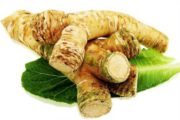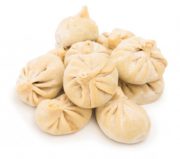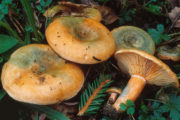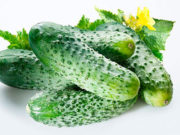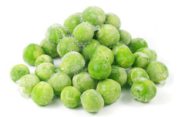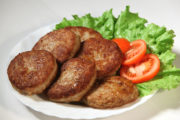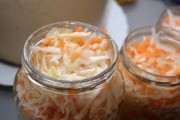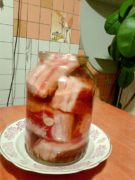Frozen puree - preparing vegetables and fruits for children for the winter
Every mother wants to feed her child nutritious food so that the baby receives all the necessary vitamins and microelements. In summer this is easy to do, there are plenty of fresh vegetables and fruits, but in winter you need to come up with alternative options. A large number of manufacturers offer a wide range of ready-made baby purees, but are they any good? After all, we don’t know exactly what is in their composition, or whether the technology for preparing and storing products is followed correctly. And even if everything is fine there, then such a puree consists not only of vegetables and fruits, but at a minimum, sugar and thickeners are added there. So what should we do? The answer is simple - make your own puree and store it in the freezer.
You can freeze absolutely any fruit, vegetable, or even meat that your child can eat as a puree.
Content
Freezing vegetable puree
Most often, mothers prefer to freeze seasonal vegetables, such as: zucchini, pumpkin, rhubarb, celery, green peas, cauliflower, broccoli, spring carrots, spinach. In order to freeze pureed vegetables, you must first bring these same vegetables to readiness.In this case, stewing vegetables is most suitable; this allows you to preserve more vitamins than boiling. It is necessary to cook each vegetable separately and strictly observe the cooking time, so the zucchini will be ready in 15 minutes, and carrots or cauliflower will need 7-10 minutes more. You can also add pre-cooked meat to the vegetables; children love this puree. Immediately after cooking, while still hot, you need to puree the vegetables using a blender or rubbing them through a sieve, place them in a clean, dry container and place them in the freezer.

Freezing fruit puree
Fruit puree is even easier to prepare than vegetable puree. To prepare it, you just need to thoroughly wash the fruits, peel them and puree them in any convenient way. Most often, mothers prefer to prepare puree for their babies from apricots, peaches, plums, pears, and apples. You can prepare a combination puree, for example, apple puree with the addition of blueberries, strawberries, currants or raspberries. These fruits lend themselves well to freezing and do not lose their taste and beneficial properties.
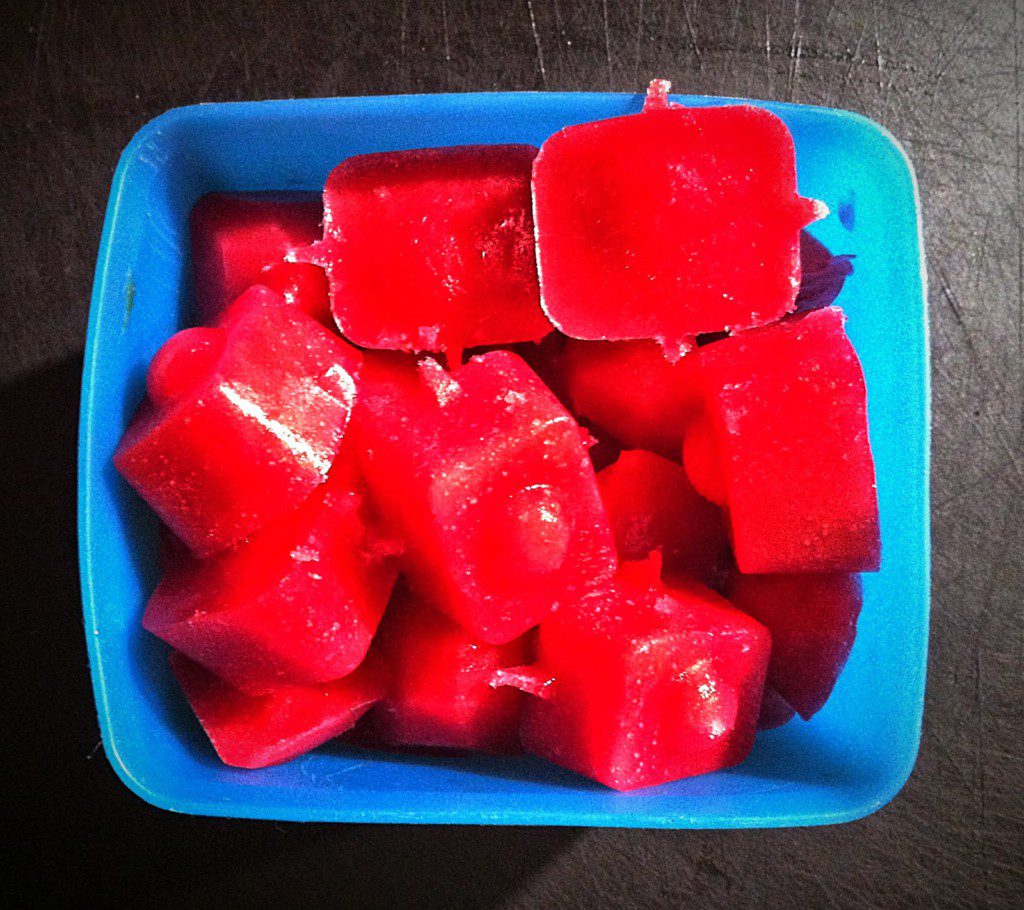
Storage Features
When it comes to baby food, it is very important to follow food storage technology so as not to harm the baby. It must be remembered that baby puree cannot be re-frozen, so you must use a container that can only hold one serving. These could be jars of store-bought puree, small plastic containers, or ice cube trays. If there is a power outage and the food has melted, you will have to throw it away; it is not safe to give this to your baby(
Consuming frozen baby puree
In order to feed your child frozen vegetable or meat and vegetable puree, you need to take out one portion and heat it in a water bath or in the microwave to the desired temperature, add a little butter or vegetable oil and you can eat.
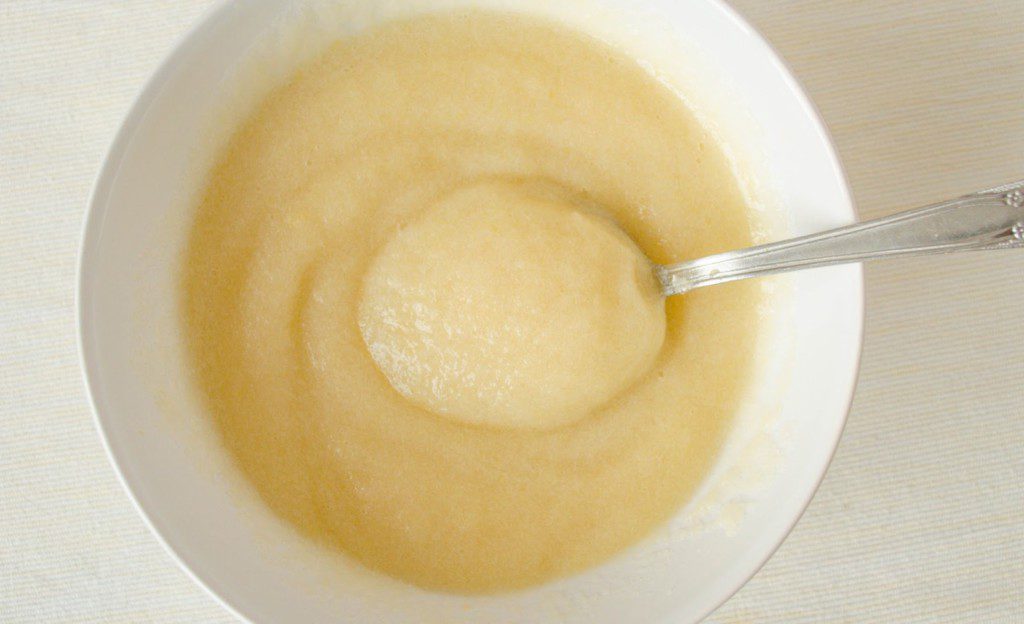
Fruit puree just needs to be defrosted at room temperature, without heat treatment. Fruits and vegetables in the form of puree are successfully combined with various porridges, cottage cheese and kefir and make these dishes more attractive for little gourmets.
See video: How to make pumpkin puree


